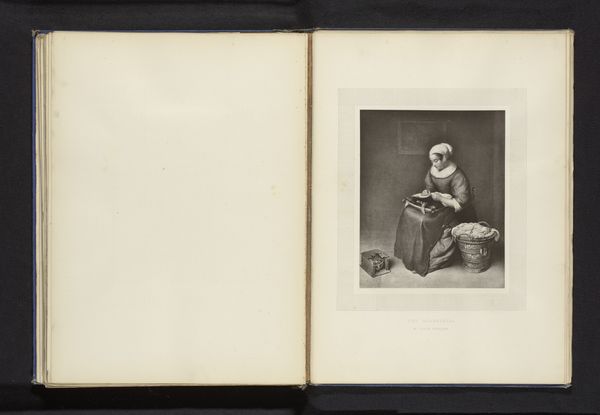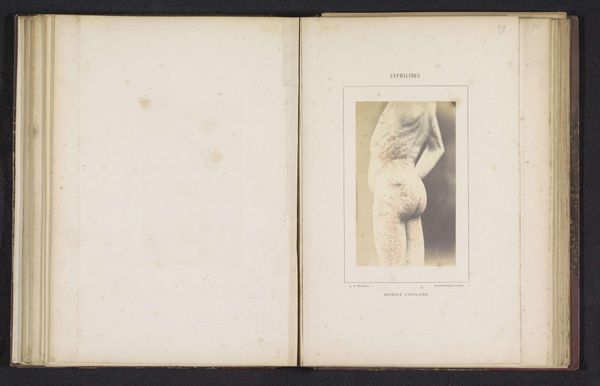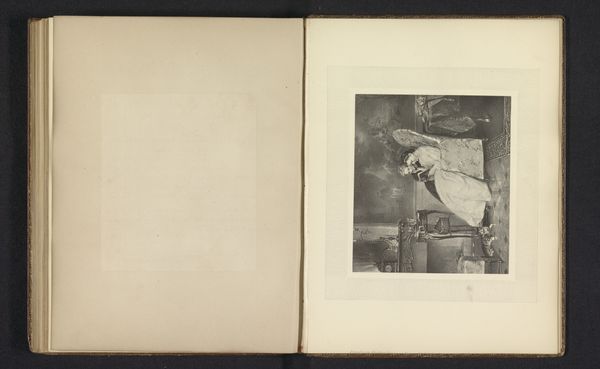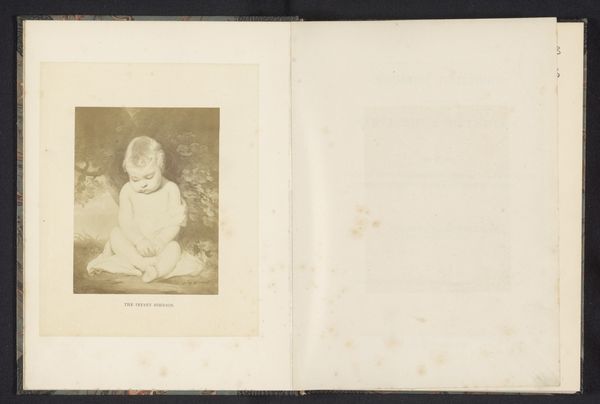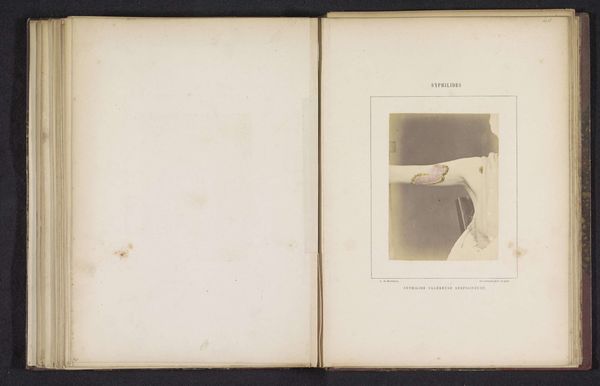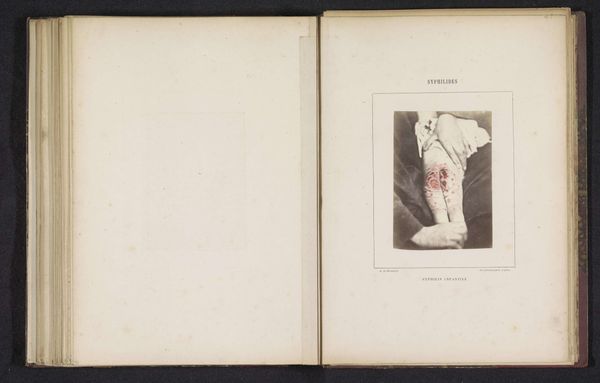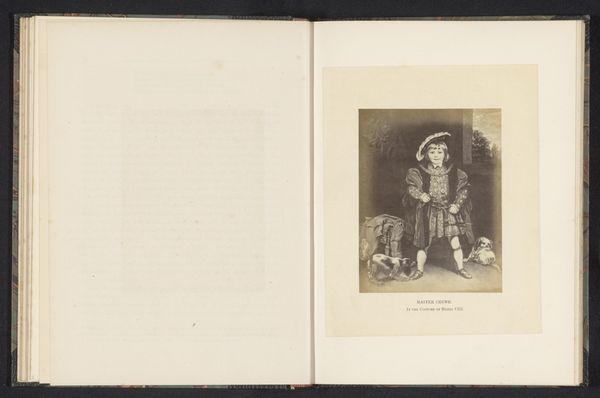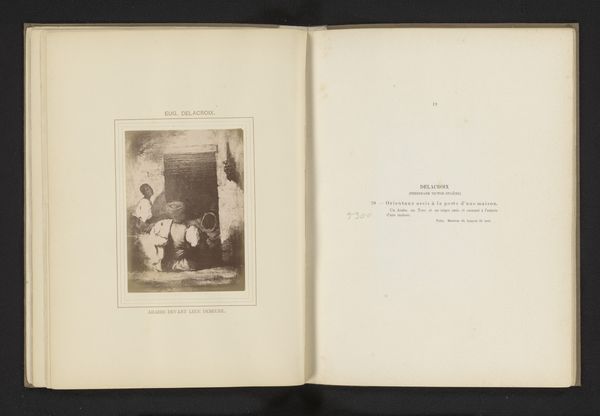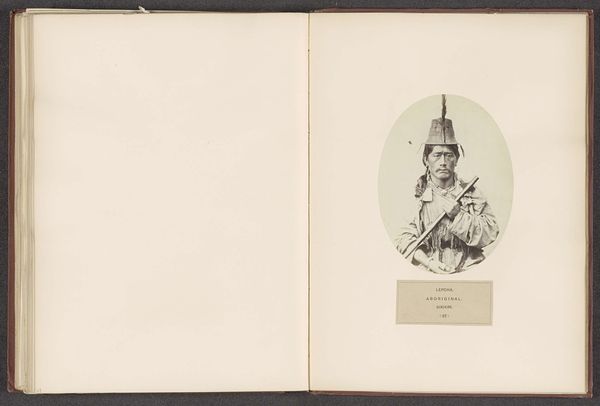
photography, albumen-print
#
portrait
#
photography
#
albumen-print
#
realism
Dimensions: height 120 mm, width 89 mm
Copyright: Rijks Museum: Open Domain
Editor: This albumen print from around the 1860s, titled "Man die lijdt aan olifantsziekte," attributed to A. de Montméja, is quite confronting. It’s stark and feels undeniably invasive. What can you tell me about the history surrounding this portrait? Curator: Indeed. Medical photography in the 19th century reflects a complex interplay of scientific documentation, objectification, and emerging visual technologies. Images like these, often presented in medical atlases, were used for training and diagnosis, reinforcing the medical gaze and objectifying the patient's body. Consider the power dynamics at play: who is taking the photo, who is viewing it, and whose story is being told? How do these photos reflect evolving perceptions of illness, disability, and social responsibility during the period? Editor: That's a really thought-provoking perspective. So, the patient becomes an object lesson rather than an individual with agency. It is hard to view this as ethical or respectful. Do you think there's any way to appreciate this image outside the context of its harmful origin? Curator: Perhaps, by recognizing the ethical complexities. Can we reframe it as a challenge to contemporary views on bodily autonomy and consent? We must acknowledge the patient’s dehumanization while using the image as a reminder of past injustices in medicine. Reflecting on this image today is a confrontation of past exploitations that medical and photographic practice have perpetuated, a constant reckoning. Editor: Thank you. Thinking about the social conditions in which these photos were produced certainly gives me pause and reframes my understanding of this piece. Curator: Absolutely. These images are painful records but valuable for considering the power dynamics in representation.
Comments
No comments
Be the first to comment and join the conversation on the ultimate creative platform.

